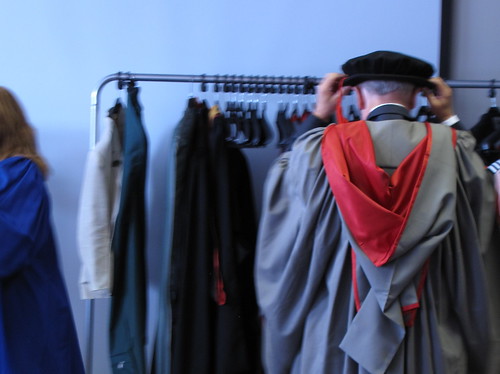Bullying is now legally mandated in North Carolina. With the passage of the State’s Amendment One creating a constitutional ban on marriage between anyone other than a man and a woman, the people of North Carolina have added their state to the list of those successfully creating a legal protection of bullying.
I’m borrowing my definition of bullying here. Let me be more specific:
…bullying or harassing behavior includes, but is not limited to, acts reasonably perceived as being motivated by any actual or perceived differentiating characteristic, such as race, color, religion, ancestry, national origin, gender, socioeconomic status, academic status, gender identity, physical appearance, sexual orientation, or mental, physical, developmental, or sensory disability, or by association with a person who has or is perceived to have one or more of these characteristics.
It’s a bit specific, I grant you, but I take bullying fairly seriously. So, as it turns out, does the North Carolina Legislature. They were the ones who crafted and approved the language above as law in 2009 as part of Senate Bill 526 or “The Anti-Bullying Law.” The law works to keep students safe in North Carolina schools and makes illegal those acts within school walls that would have students feel less-than because of who they are or are perceived to be.
Students and teachers in North Carolina are not allowed to bully students and teachers.
That is the job of the electorate.
If you think Amendment One doesn’t qualify as bullying as defined by state law, you’re wrong. If you think Amendment One doesn’t “Create or is certain to create a hostile environment by substantially interfering with or impairing a student’s educational performance, opportunities, or benefits” (again, their words, not mine), you’re wrong. If you think LGBT students across North Carolina didn’t wake up feeling their entire state had joined their classmates, community members, and even families in thinking there was something wrong with their fundamental identities, you’re wrong. If you think that this measure doesn’t add to the desperation, hopelessness, and shame many students wrongly feel they must suffer through alone, you’re dangerously wrong.
Amendment One and other measures like it are publicly-sanctioned, legally sani-wrapped bullying.
Opposite-sex marriage in North Carolina may have been better protected this morning, but the children of the state were not.

